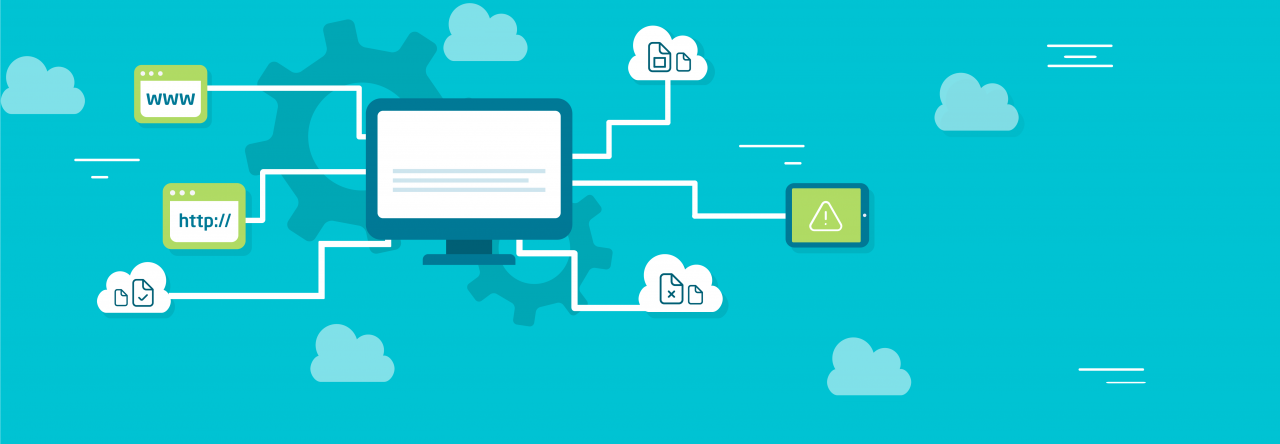
Choosing a domain name may seem like a simple step: you come up with a name, check availability, register it — and start building your brand. But in reality, a domain is the foundation of your online presence, and its quality affects not only recognition but also security. A poorly chosen domain name can lead to your website being blocked by providers, government regulators, or global corporations, which threatens your reputation and traffic. To avoid these risks, it’s important to understand why certain domains get restricted and how to assess their safety in advance.
Why a Domain Can Be Dangerous for a Brand
Domain blocking doesn’t happen randomly. It is usually related to violations of rules, copyright, the laws of a particular country, or a history of spam. A brand can suffer even when the owner has no bad intentions. For example, the domain may have previously been used for phishing attacks, spam distribution, fraud, or hosting prohibited content. Such negative history is recorded by spam databases, blacklists, antivirus services, and even search engines. As a result, a new owner gets a domain with a “bad reputation” that is blocked automatically. Additionally, certain domain zones have a high level of abuse, and this affects their trust among global companies like Google or Microsoft.
How a Domain’s Past Affects Its Safety
The history of a domain name persists longer than most people realize. Search engines, security-checking services, and even browsers maintain their own databases where suspicious activity is stored. If a domain was used in phishing campaigns or repeatedly appeared in blacklists, its reputation remains damaged. Even after changing ownership, restoring trust takes time: indexing may be slowed down, email based on the domain may be unstable, and some providers or corporate networks may block access to the site. This is why checking past activity is a critical step before buying a domain, especially on the secondary market or when purchasing “premium” names.
What to Check Before Registering a Domain
To minimize risks, it is important to run several checks that help reveal whether the domain has a hidden negative history. First, find out whether the domain has been used before. Archive services allow you to see what websites previously existed on the domain and whether they contained harmful or unwanted content. Next, check the domain in reputation databases: these will show whether it appears in lists of dangerous sites or has a spam-domain status. It’s also useful to look at the reputation of the domain zone — some zones regularly appear in lists with high abuse levels. If the zone is known for a large concentration of fraudulent websites, this may influence search-engine trust and email deliverability.
Legal Risks Many People Forget About
It’s important to consider not only the technical side but also the legal one. A domain name may violate a trademark, even if the similarity seems accidental. Companies that own brands actively defend their rights — they may file a complaint with international organizations or a court. Such processes often end with the domain being transferred to the rightful brand owner. If a business is built on a problematic domain, there is a risk not only of losing the web address but also of facing financial consequences. Therefore, before choosing a domain, it’s wise to check whether a similar name belongs to a well-known trademark, especially in the industry where your business operates.
How to Choose a Domain That Won’t Cause Problems
To ensure the domain becomes an asset rather than a threat, pay attention to its transparent history, clean reputation, and the reliability of its domain zone. It is best to choose domains in zones where registries actively fight abuse and maintain high quality. If buying a domain on the secondary market, it is advisable to perform deeper checks using several independent services. Suspicious records, sudden DNS changes, sharp traffic spikes in the past, or mentions in threat databases are warning signs worth considering. These factors affect not only safety but also future promotion, indexing speed, and user trust.
A carefully chosen domain name is an investment in stability. It ensures that your brand can grow without the risk of blocking, and users can always access your website without obstacles. By checking a domain in advance, a business gains not just an address on the internet but confidence that its online presence is protected and resilient to future challenges.

Leave a Reply